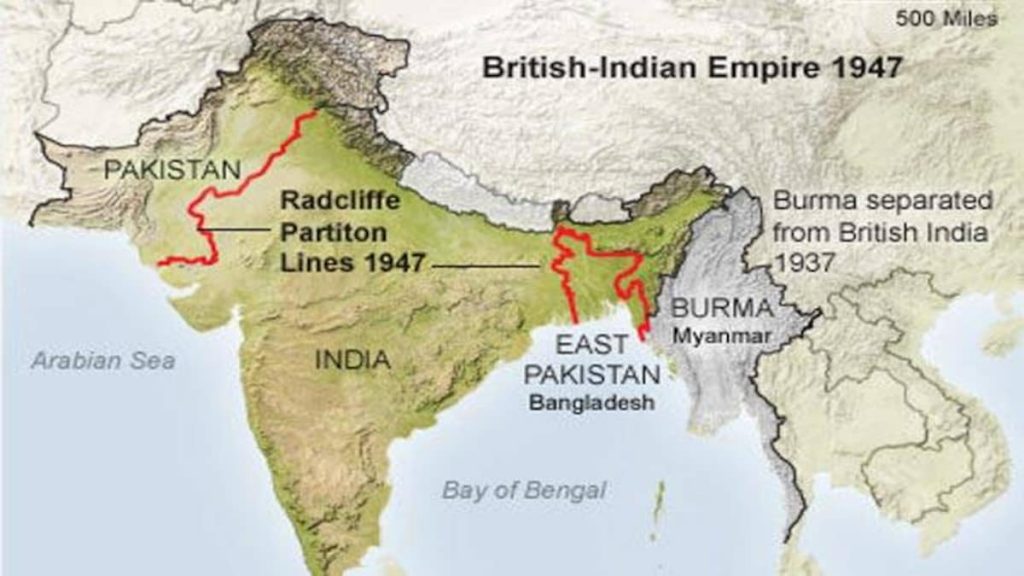Focus: GS-II International Relations
Why in news?
Pakistan will allow Afghanistan to send goods to India using the Wagah border.
Details
- The decision, which is part of Islamabad’s commitment under Pakistan-Afghanistan Transit Trade Agreement, is expected to boost Afghanistan’s exports to India.
- India had cancelled the Most Favoured Nation status for Pakistan in the aftermath of the Pulwama attack.
- The announcement from Pakistan has come at a time when Afghanistan’s melon harvesting season is at its peak and the availability of the Indian market is expected to help its economy.
Afghanistan–Pakistan Transit Trade Agreement
- The Afghanistan–Pakistan Transit Trade Agreement (also known as APTTA) is a bilateral trade agreement signed in 2010 by Pakistan and Afghanistan that calls for greater facilitation in the movement of goods amongst the two countries.
- In 2017, the President of Afghanistan announced that The Afghanistan and Pakistan Trade Agreement (APTA) has expired, and issued a decree banning Pakistani trucks from entering the country via the Torkham and Spin Boldak border crossings.
- The 2010 APTTA allows for both countries to use each other’s airports, railways, roads, and ports for transit trade along designated transit corridors.
- The agreement does not cover road transport vehicles from any third country, be it from India or any Central Asia country.
Wagah Border
- The Wagah border crossing draws its name from Wahga village, near which the Radcliffe Line, the boundary demarcation line dividing India and Pakistan upon the Partition of British India, was drawn.
- At the time of the independence in 1947, migrants from India entered Pakistan through this border crossing.
Wagah-Attari border ceremony
- The Wagah-Attari border ceremony happens at the border gate, two hours before sunset each day.
- The flag ceremony is conducted by the Pakistan Rangers and Indian Border Security Force (BSF).
- A marching ceremony, known as the “Silly Walk ceremony”, is conducted each evening along with the flag ceremony.
Radcliffe Line

- On 17 August 1947, the borderline that separated India from Pakistan, known as the Radcliffe Line was revealed.
- The Radcliffe line is spread through the Rann of Kutch in Gujarat till international border in Jammu in Jammu & Kashmir, dividing India and Pakistan into two different countries.
- The Radcliffe line divided India into 3 parts: India, East Pakistan and West Pakistan.
- This border line is today the international boundary between India and Pakistan on the western side and between India and Bangladesh on the eastern side.
- Before independence, it was decided to partition India into India and Pakistan for the Hindu and Muslim communities respectively.
- The provinces of Sindh and Baluchistan with an overwhelming majority of Muslims (more than 70% and 90% respectively) were granted to Pakistan.
- The provinces of Punjab and Bengal only had a marginal majority of Muslims. Punjab had 55.7% of Muslims and Bengal had 54.4% Muslims. Even though Muhammad Ali Jinnah wanted these provinces to go to Pakistan in their entirety, the Congress Party did not agree considering the feelings of the Hindu and Sikh populations.
- It was decided to cut through these provinces and give portions to both countries.
-Source: The Hindu





